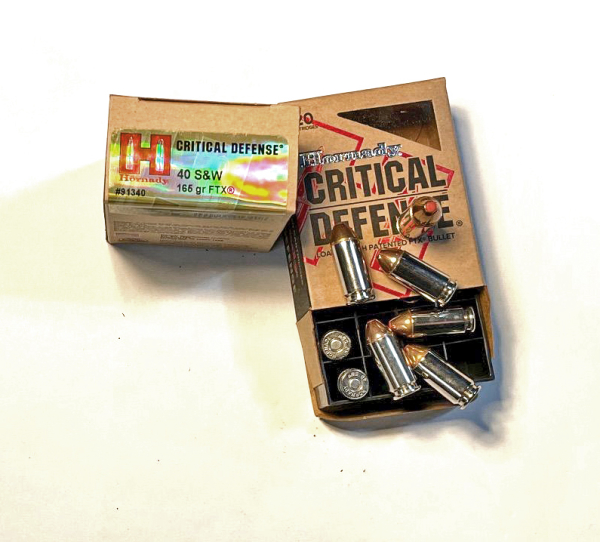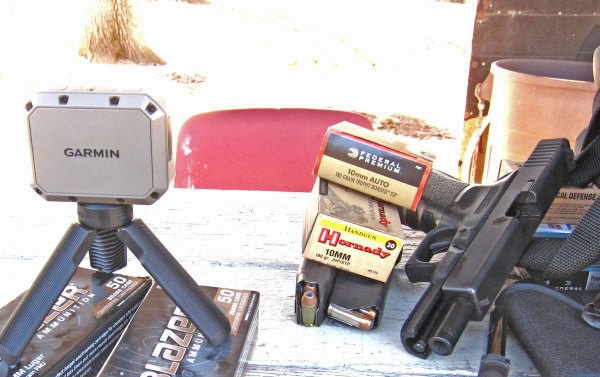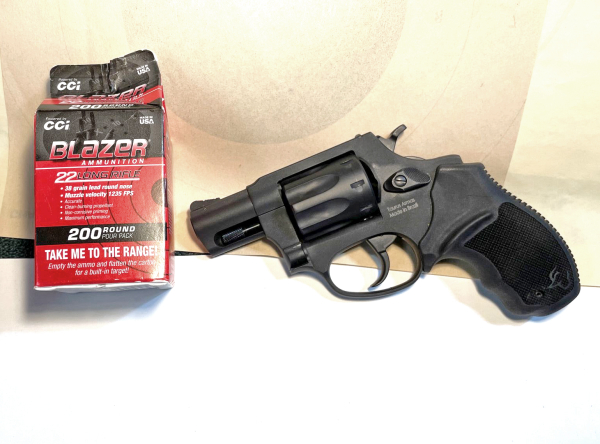I promised more results from the Garmin Xero C1 radar chronograph. I did a bit of pocket gun analysis here and follow up now with a high intensity beast and a mild-mannered snub revolver. A note before the results: nearly every load fired by me into the doppler wave of this device was a known quantity; I’d fired the same brand/caliber/type from the same or very similar guns over chronographs that use the “shadow passing through the light.” The results are remarkably similar even in varying weather conditions.
For consumer chronographs, I’m not sure how you could do much better.
This is still the easiest to transport, set-up, operate and collect data from than any others I have used – but I’ve not used them all. Thus far, this thing would be my choice. Not only that, but if you do the gun/ammo selection and purchasing for your agency, it’d behoove you to snag the Garmin Xero C1 and to check the ammo before you buy duty ammo for a year/two-years (whatever your budget cycle is.)
This way you could document your selections on that basis as well as reliability and point of impact from point of aim issues.
The gun mostly used for this extravaganza is a police trade-in, a GLOCK 20. Yep, some Florida agency issued the gargantuan Generation 3 G20 to its troops. I’ve not changed a thing; this one still has the plastic “ball-in-the-bucket” sights, the NY1 trigger and a worn finish.
It does have a pair of barrels made and fitted to the gun by Bill Jarvis, Jarvis Custom. One is marked “.400” and the other “357.” As should be apparent, this changes the gun to reliably work with 40 S&W ammo and with 357 SIG ammo; one gun, three calibers.
It’s a great test bed for ammo – though it could use some sights.

Putting the Jarvis .400 barrel in the gun, I tried some Hornady Critical Defense 40 S&W ammo received for a gun that, sadly, went back to the manufacturer before the ammo arrived.
The load, created with the Hornady 165 grain FTX bullet, was profound in the long (ca. 4.6”) barrel of the GLOCK 20 –
Avg. Vel.: 1223.6
Avg. ME: 548
SD: 6.3
Ext. Spread: 15.6

That’s quite a thumper. I changed barrels to compare to Hornady’s 180 XTP loaded in their 10mm line.
Avg. Vel.: 1198.6
Avg. ME: 574
SD: 8.6
ES: 25.4
This was no feeble 10mm load. The Critical Defense, from a different barrel but with the same barrel length, from the same gun, came within 26 foot-pounds of muzzle energy of the full-power 10mm – an interesting result.
I decided to raise the stakes by using the last of the Federal Trophy Bonded 180 grain JSP ammo. The results weren’t surprising – except the blast knocked the Garmin over.
Avg. Vel.: 1244
Avg. ME: 618
SD: 3
ES: 7.4 fps
The factory web page shows the nominal velocity to be 1275 fps but doesn’t specify a barrel length. Adding another 44 FPE to the muzzle energy doesn’t sound like much – unless you’re behind the sights when the gun goes off.
The Hornady website shows their predicted muzzle velocity at 1,175 fps from a four-inch barrel for the 40 Auto Critical Defense load. That the Jarvis/G20 tube increased the factory specified velocity by around 48 fps further cements my confidence in the new Garmin’s capability. The 40 Critical Defense round was one I’d never fired before.

To calm things down a bit – and to play into #wheelgunwednesday, I grabbed an open box of CCI “Blazer” bulk pack 22 ammo and the Taurus M942 snub revolver. I fired an eight-shot string for grins, taking the data and giving it a look.
The average muzzle velocity for the 38-grain bullet was around 910 fps. There was a 30 fps spread from the fastest to the slowest.
And that was the most pleasant shooting of the day.
We are blessed with some of the greatest ammo ever available. Now it’s easier to evaluate the projectile speed without saying “I figure it’s going (this fast) …” like so many of us have over so many years.
Interesting times.
— Rich Grassi